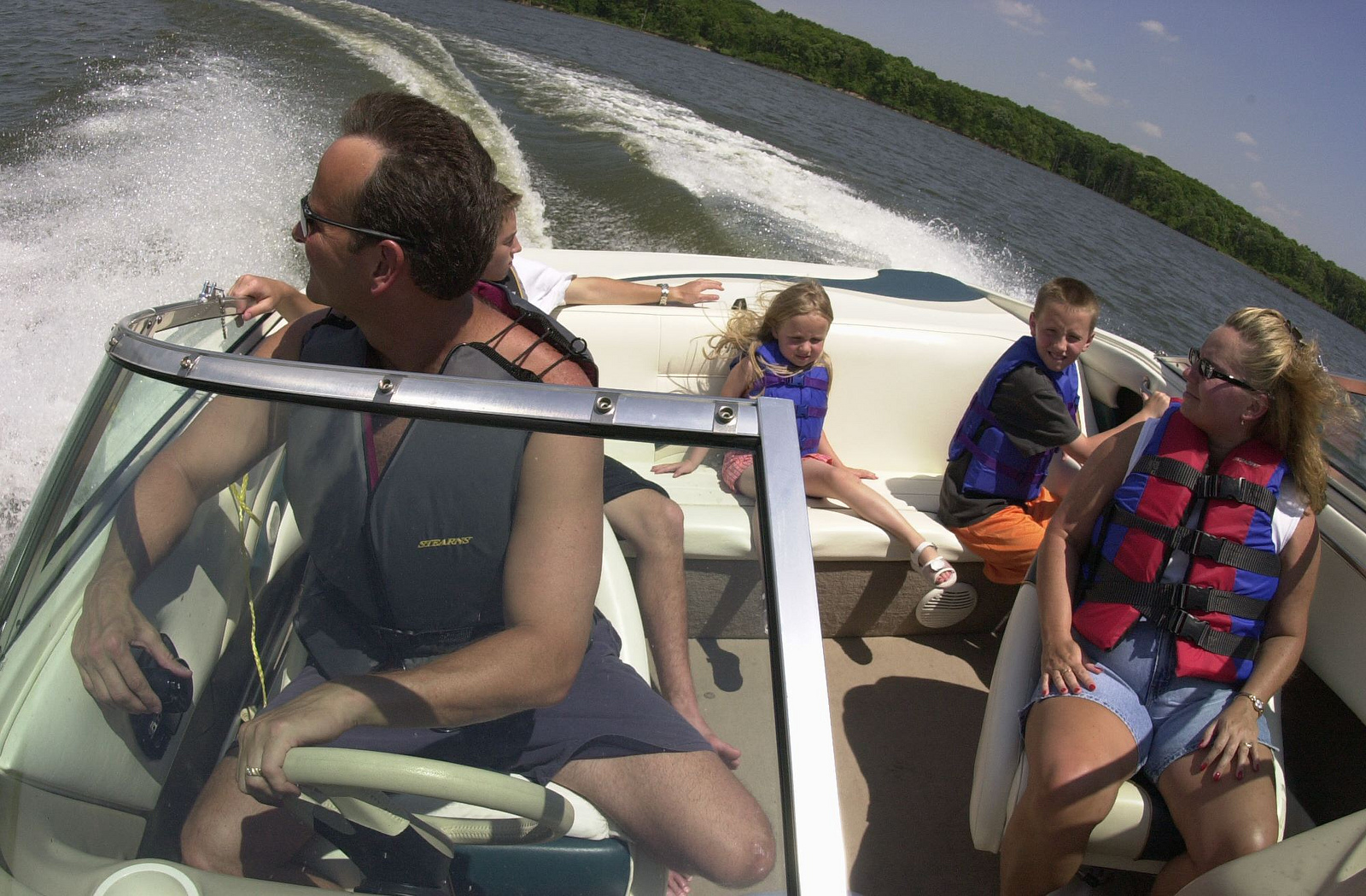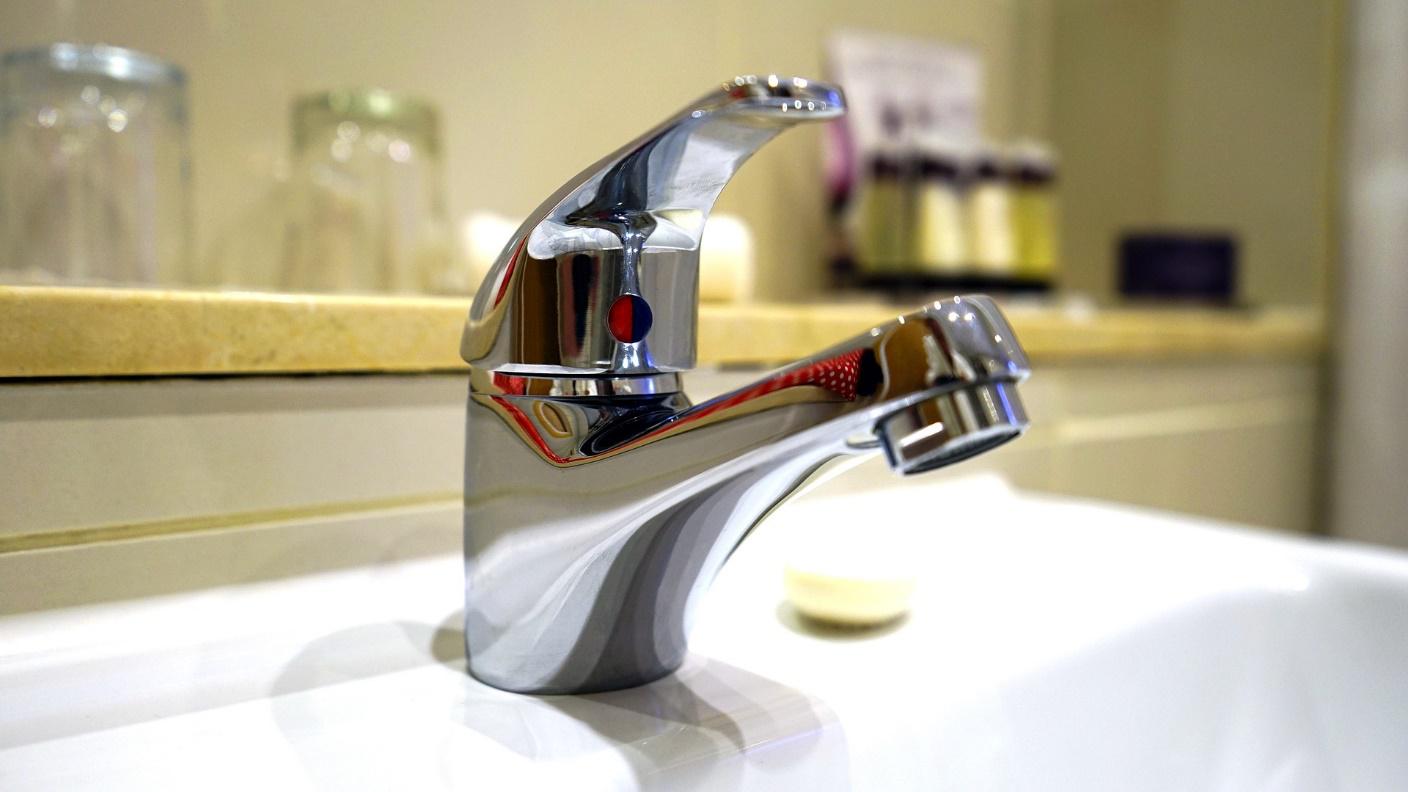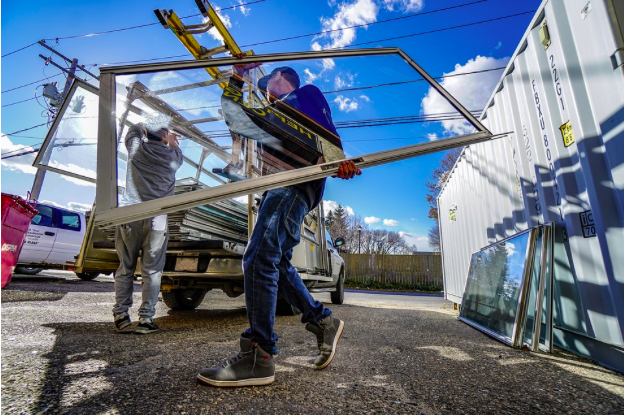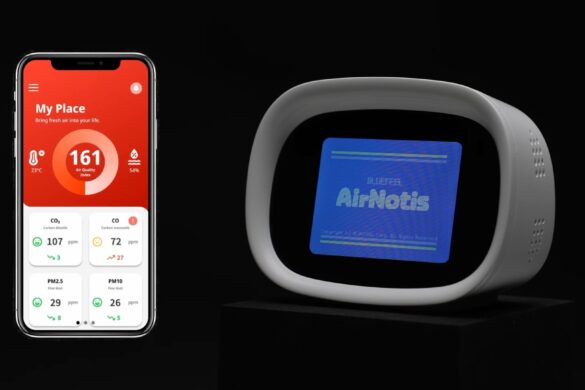Children on boats can be a scary prospect. The risks on-board are very real and no child should be on a boat without having been thoroughly briefed on safety checks and procedures. The problem is that small children don’t react very well to being ‘thoroughly briefed on safety checks and procedures’. What they do respond to is fun. So how can you turn boat safety lesson into a fun activity? Here are 5 ideas:
CAPTAIN ON DECK
Everything seems to be getting ‘gamified’ these days so why not boat safety? Keeping kids together or below deck can be a real challenge on a boat, but a game is a great way to get them to listen and react to your instructions without having to tell them off. Set the rules that all children must be below deck and neatly sat around the table, or a designated area, whenever “Captain on Deck” is shouted. The last person to be seated gets a forfeit, or the first gets a reward, depending on how you think the children will react best (positive reinforcement is usually the easiest way to get children to respond). Another rule should be that anyone caught running, pushing or jumping will automatically lose, or be disqualified from winning any prizes. This final rule is pretty essential unless you want to have someone overboard!
FOLLOW THE LEADER
Kids respond very well to mimicking and ‘Follow the Leader’ is an excellent mimicry game that gives you the opportunity to check that children are wearing all the correct safely equipment. The captain starts by blowing his whistle, to which the children line up and mimic him by blowing their whistles. The captain then checks his life jacket ties and the children copy. This continues until all the safety checks are complete. Be warned though, once you invite children to mimic you, your own behaviour will suddenly come under great scrutiny from the eagle-eyed junior deckhands!
EYE SPY CHECK LIST
A simple game, but a really easy way to start teaching nautical vocabulary to children. Challenge the kids to come up with items that are only found on the boat and not at home. When the correct answer is revealed, ask them to identify what the item is and what it is used for. This may not sound like much more than running over items in the room but it’s amazing how children’s attention can be retained once a game is involved.
PHONE HOME GAME
Not so much a game but something that is crucially important. Teaching the children the basics of using the VHF radio to make emergency calls can save lives in the case of a real emergency. The game is basically to see who can make the best pretend phone call to the coast guard (or in this case, a friend or family member who is in on the game) and provide them with all the correct information. All parties should be rewarded for their attempts but the best call should receive a special prize.
FUN WEBSITES
There are some brilliant websites out there that are full of games and safety information for kids to enjoy. Here are a couple:
Boating Safety Sidekicks: Is full of brilliant and colourful games that highlight many aspects of boating and water activities. Kids can not only learn about boat safety but also be tested on some general knowledge as well.
BoatSafe Kids: Boatsafe Kids has some interesting facts for kids to explore while on land. There are a number of games here, as well as a good quiz.
Safe Boater Kids: This is a comic book story aimed to educate children about boat safety through a narrative. Suitable for ages 8 plus
While on-board safety training is extremely important, having the right level of boat insurance cover is also crucial to enjoying your time on the water with your loved ones in the confidence that you’re fully protected should the worst happen. For further advice on how to safeguard your vessel, speak to a specialist boat insurance provider such as Bishop Skinner Marine.










